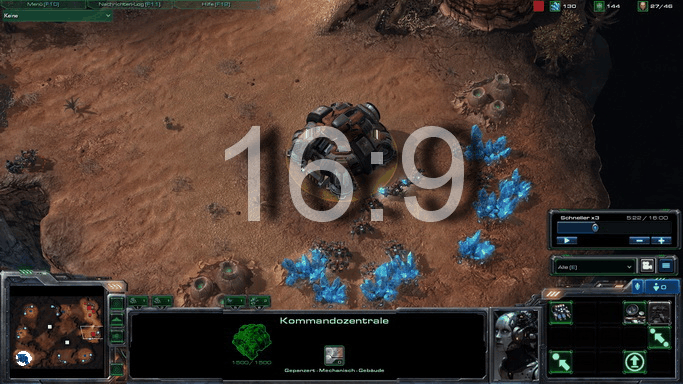InorganicMatter
[H]F Junkie
- Joined
- Oct 19, 2004
- Messages
- 15,461
For those following this thread: Dell Financial Services has
the 2707WFP for sale. It's PVA. Only 84 DPI though...
http://www.dfsdirectsales.com/Store...vga__svideo__composite__co?offset=&isLaptop=N
I was about to buy the new Dell 27" with that 25% off coupon, but now I'm not sure. That monitor is WAAAAY cheaper and is 16:10, albeit a slightly lower resolution. Thoughts? I haven't read up on monitor tech in a few years.
Ninja edit: wait a second, is that thing refurb?
![[H]ard|Forum](/styles/hardforum/xenforo/logo_dark.png)









